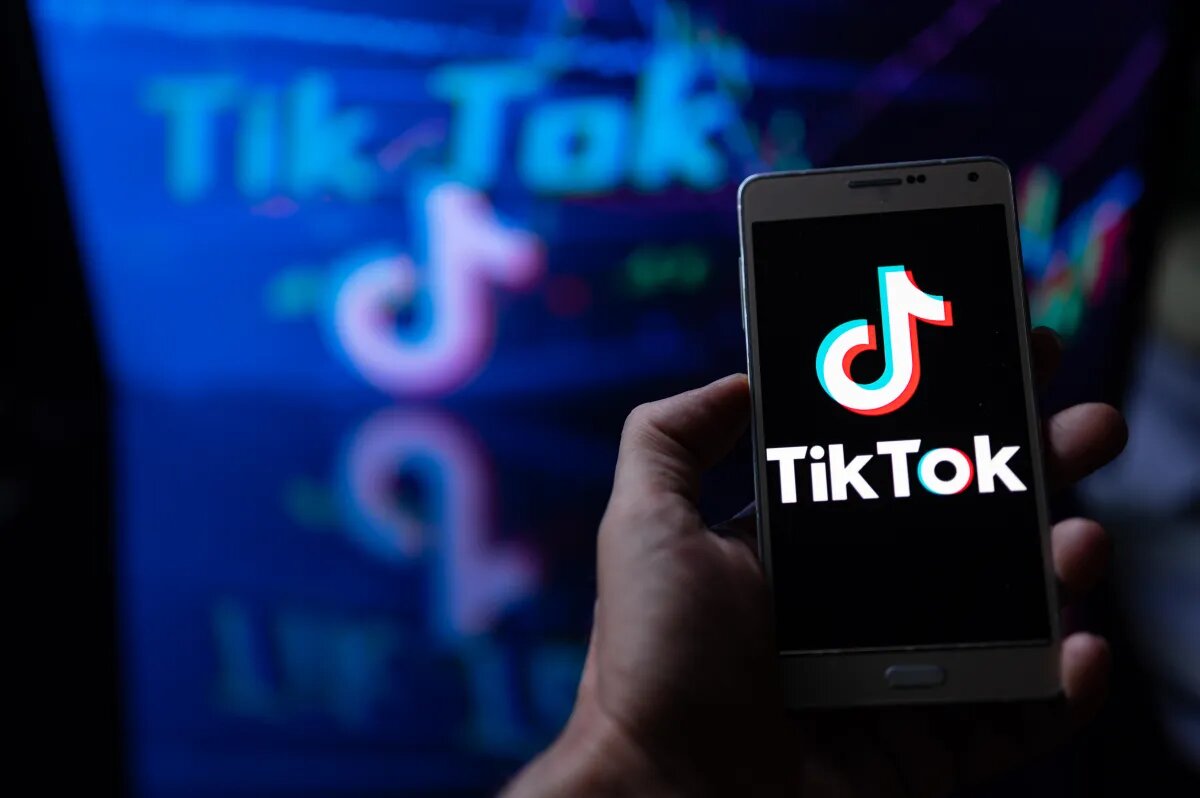TikTok has announced a new Security Checkup dashboard designed to help users better understand and manage their account safety. The tool, revealed on Monday (March 18), offers a centralized way for individuals to check their current security settings and make updates if needed.
By navigating to “Settings & privacy” and selecting “Security & permissions,” users can access options to add a backup login method, enable two-step verification, view active devices with account access, and activate Face ID or Touch ID for added protection. TikTok stated that if any unusual activity is detected, the dashboard will notify the user and suggest a review of the account’s status.
This update arrives as technology companies continue to focus on user privacy and digital safety. Last week, TikTok also introduced new parental control features to give guardians more tools to manage how teens use the platform. In a similar move, Apple recently introduced child-focused safety measures that adjust how accounts for minors are configured and how content is filtered in the App Store.
Some analysts view the timing of TikTok’s new feature as significant. Aisling Dawson, a market analyst at ABI Research, told CNET that while improvements to security tools are common across the tech industry, the context surrounding TikTok adds another layer. The company is currently facing an April 5 deadline to secure a U.S.-based buyer or risk potential restrictions.
“It is unlikely that this is merely a case of TikTok aligning itself with competitors and market trends,” Dawson explained. “Rather, appealing to prospective buyers by showcasing its improved protection of user security and data is likely to be a critical part of the app’s mission to rebrand its public image where it comes to data protection and privacy.”
Concerns over TikTok’s ownership and its ties to China have led to increased attention from U.S. lawmakers, many of whom have cited risks related to data access and national security. Dawson noted that the U.S. government’s original interest in banning the app was tied to fears about sensitive information being accessed by the Chinese government without authorization.














